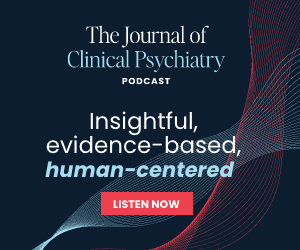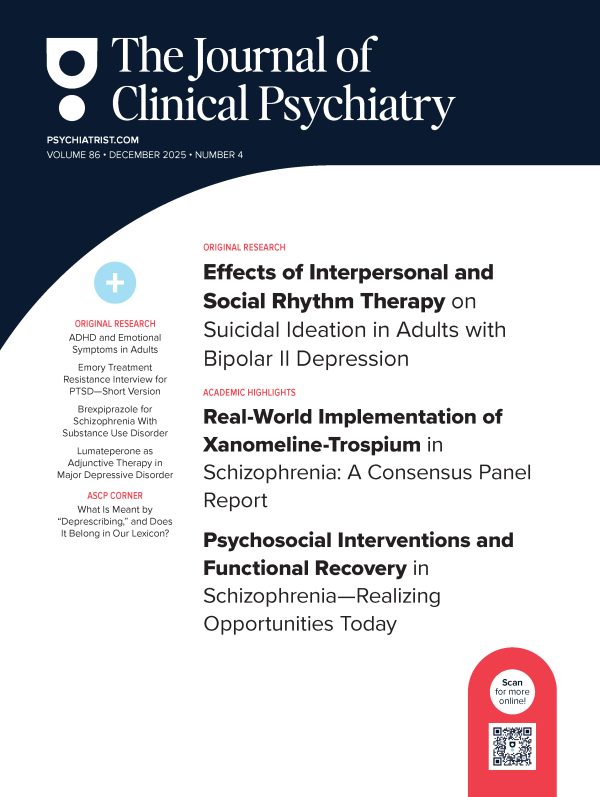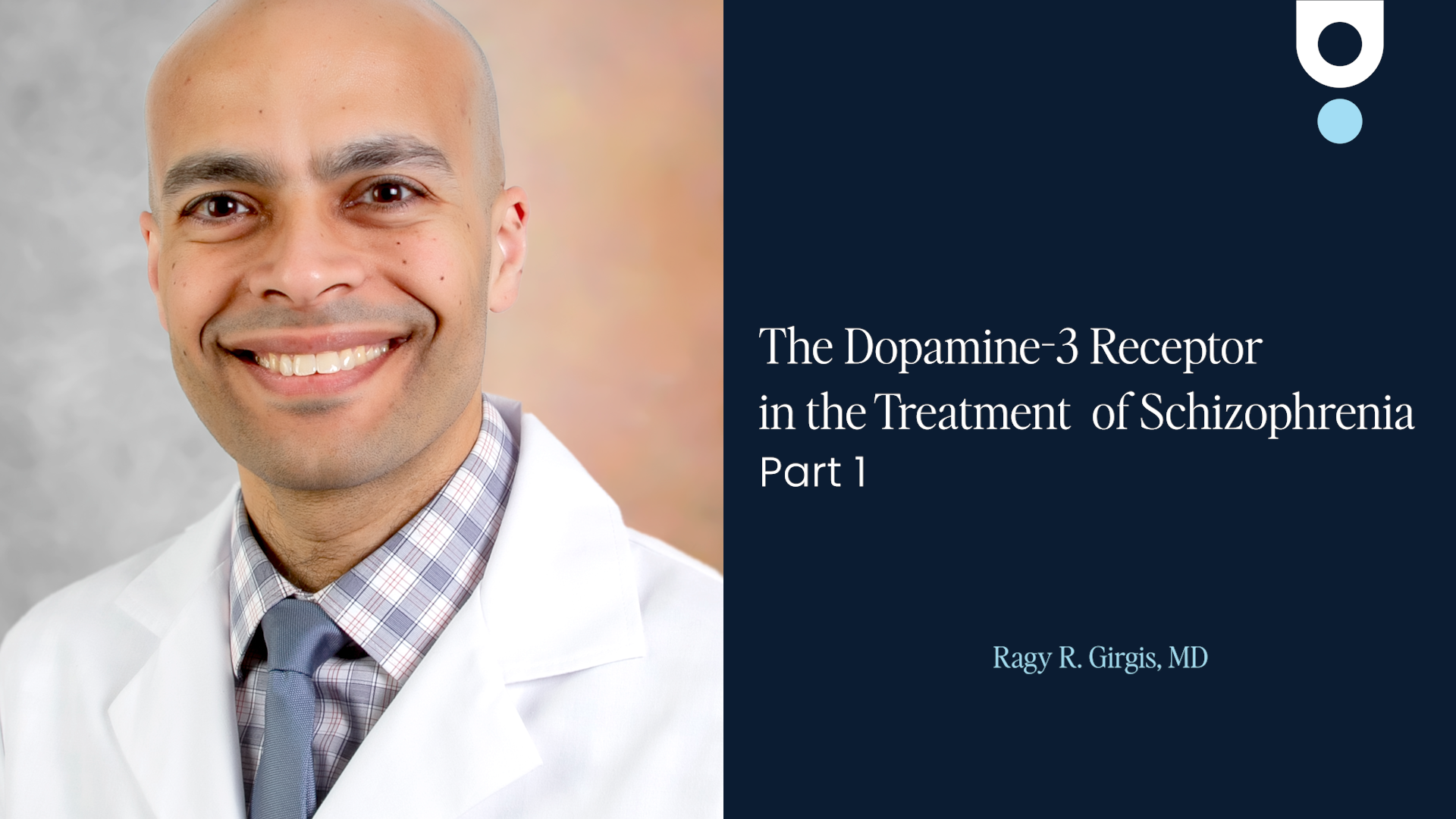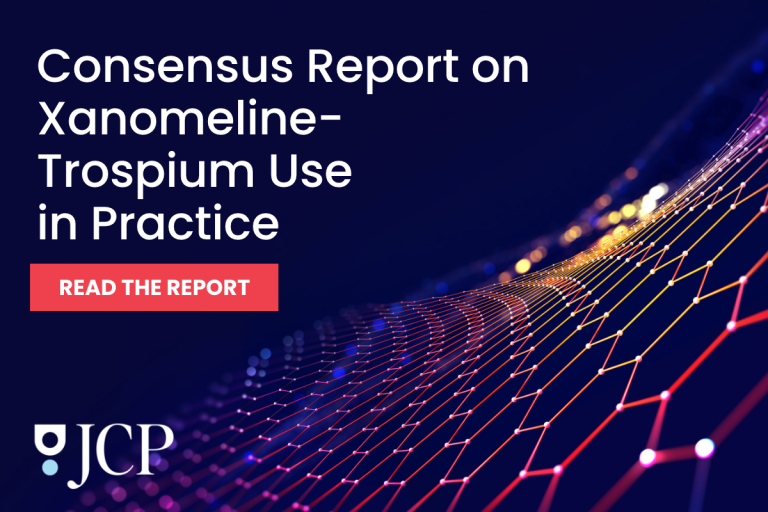Henry A. Nasrallah, MD
Professor of Psychiatry, Neurology, and Neuroscience
The University of Cincinnati College of Medicine
Cincinnati, OH
In this episode, Dr. Henry Nasrallah introduces the human gut microbiota and its profound role in brain health. He explains the structure and genetic complexity of the gut microbiome, how it’s shaped by birth, diet, antibiotics, and lifestyle factors, and how disruptions in microbial balance — known as dysbiosis — may influence the development of psychiatric symptoms, including psychosis. This foundational presentation sets the stage for understanding the gut-brain axis and its relevance to modern psychiatry.
Watch Part 2: It Takes Guts to Be Mentally Ill, Part 2: The Relationship Between the Gut Microbiota and Psychosis
Henry A. Nasrallah, MD is Professor of Psychiatry, Neurology, and Neuroscience at the University of Cincinnati College of Medicine. A leading expert in schizophrenia and neuropsychiatric disorders, Dr. Nasrallah’s research focuses on the neurobiology of serious mental illness, including the roles of neuroinflammation, brain structural changes, and the gut-brain axis in the pathophysiology of psychosis and mood disorders. He is widely recognized for his work in psychopharmacology, early intervention, and innovative therapeutic strategies targeting central nervous system dysfunction.
This presentation is part of the Emerging Approaches in Schizophrenia Editorial Focus collection from Psychiatrist.com News. The collection focuses on the latest advances in schizophrenia treatment, with an emphasis on emerging therapies that go beyond traditional dopaminergic approaches.
Transcript
00:00 – Introduction to the Human Gut Microbiota
This is Dr. Henry Nasrallah, Professor of Psychiatry, Neurology and Neuroscience at the University of Cincinnati College of Medicine. I will be giving a presentation in two parts. The first part is a brief overview of the human gut microbiota, both structure and functions.
Learning objectives. First, to enhance our understanding of the trillions of gut microbiota and the factors that impact them. Second, to identify gut-related microbiota pathologies that affect the brain and trigger psychopathology, especially psychosis.
And finally, to discuss possible therapeutic interventions into the microbiota and their microbiome for patients with schizophrenia and related psychosis. So why does the gut matter? Well, since the days of Hippocrates, the father of medicine, before 460 BC, he said that all diseases begin in the gut. And his classification was black bile, yellow bile, phlegm, and blood.
00:34 – Why the Gut Matters: From Hippocrates to Modern Science
And of course, he had no idea that the microbiota existed, but he described what he saw clinically. Following that, Galen, after the birth of Christ, also pointed out something similar. So the human body is now known to host trillions of microbiota.
And those microbiota are practically more than the number of cells in the entire human body, about 39 trillion bacteria and other microbes, compared to what, 30 trillion in the human body. And as you can see, the microbiota are actually comprised of a variety of germs, bacteria, fungi, viruses, protozoa, and archaea. So all of those exist in the microbiota within the human gut in varying degrees.
People talk about trillion all the time these days, especially with regard to budgets and so on. But if you count one number per second, it will take you 11 days to count to a million, 31 years to count to a billion, and 31,000 years to count to a trillion. If only people knew how big trillion is, they’d probably appreciate how many microbiota we have in our body.
02:00 – What Shapes the Microbiome? Birth, Diet, and Environment
So the microbiota or microorganisms, if you want to call them that, which share a lot of genetic material called the microbiome, are divided into five kingdoms. The bacteriome, the virome, the microbiome, the archaeome, and the parasitome. This is the way we call them to distinguish them from each other.
Again, as I said, they exist in various amounts and concentrations. And they interact among themselves and also interact with the human host. And they certainly impact physical and mental health.
There are about a thousand species of diverse bacteria. And they contain four million bacterial genes. And those genes are called the microbiome.
So the microbiome is really the genetic material of the microbiota. Compare that to 22,000 genes in the human genome. We only have 22,000 genes that make protein, protein coding genes.
So you can see it’s about 20,000 times more genes than the humans themselves. And it’s an incredible density, actually, of bacteria in each cubic millimeter of gut. So here are some questions for you to ponder.
What is the largest endocrine organ in the human body? And what is the largest immune organ in the human body? Well, the answer is the microbiome. It exists within the 30-foot-long GI tract, which houses the microbiome, which is the DNA of the microbiota, and also the enteric brain. It’s called the smaller brain or the other brain.
And that secondary brain also is housed within the GI of humans. And it’s side-by-side contiguous with the microbiota. And they both interact.
So here are the various forces that can impact the microbiome, ranging from diet, antibiotics, stress, toxins, environmental exposures, various maternal factors, including mode of birth, breastfeeding, and maternal flora, host genes, age, sex, gender, pets, exercise, sleep, food sensitivities, pro- and prebiotics, and then the psychiatric disorders themselves, as well as physical disorders. All of them can impact the microbiome. Here are some of the food effects on the microbiota.
There’s a lot of emerging evidence that the food we eat can actually modify the gut microbiota via epigenetic mechanisms. These include methylation, which expresses genes or overexpresses them sometimes, and histones, which can suppress genes. And when that happens, it has quite a few consequences for humans, actually.
And probiotics, which are actual germs, good germs, can exert epigenetic effects by influencing cytokines, which are inflammatory biomarkers, producing short-chain fatty acids and vitamin synthesis, and producing various neurotransmitters. So, there’s a lot of effect on probiotics on the microbiota. How humans get the microbiome.
Fetuses do not have any germs while they are, you know, in their mom’s uterus. But at the time of birth, when they traverse the mother’s vagina, and basically during normal birth, they acquire the vaginal microbiota from the mom, and it becomes the gut microbiota for the baby when they’re born. So, basically, all babies acquire the microbiome from their mom’s vagina.
But also, after birth, when they start breastfeeding, they can get additional microbiota from the nipples of the mom, because there are microbiota on the skin. We’re talking about gut microbiota, but there are also quite a bit of microbiota on the skin of humans. And so, microbial colonization can occur during breastfeeding, touching, skin-to-skin touching, or from pets, as I said earlier.
So, what are the impediments to acquiring a healthy microbiome after birth? Well, C-section is a problem, because when babies do not go through their mother’s vagina to basically be born, and they’re removed directly by C-section, they end up acquiring the germs in the hospital air, which has a lot of bad germs, as you know. So, it is recommended these days that the obstetrician take fluid from the mother’s vagina and basically wipe the baby’s skin with it in order to help the baby acquire a healthier microbiota than the air of the hospital. Bottle feeding also deprives the baby from acquiring additional microbiota from the mom’s nipples.
And treatment with antibiotics can kill billions of microbes in the gut, and that includes killing both the good and the bad ones, and disrupting the healthy diversity. Indoor living, excessive sanitation, and food preservatives all can have also some negative impact on the microbiota.
05:10 – How the Gut Communicates with the Brain
So, microbiota and the brain communicate regularly, and we call them the microbiota-gut-brain axis.
They communicate in different ways. First, with systemic immune communication, which includes cytokines and bacterial metabolites. Also, with neural communication, the vagus nerve is the highway that connects the big brain and the small brain in the gut, which, of course, interacts with the microbiota all the time.
And the sympathetic nervous system has quite a bit of impact. And then, systemic endocrine communications, including the hypothalamic-pituitary-adrenal axis, HPA, neurotransmitters, and the bacterial metabolites.
08:00 – Dysbiosis, Leaky Gut, and Mental Health Risks
So, what is microbiota dysbiosis? Dysbiosis is a bad thing to happen.
It means the loss of a healthy diversity of the microbiota, leading to an unhealthy balance. And that may lead to a variety of psychiatric problems, including mood, anxiety, cognitive, and psychotic disorders. So, we want to try and avoid dysbiosis if possible.
The causes of dysbiosis include, as I mentioned earlier, antibiotics, unhealthy diet, especially high-fat diet, which is inflammatory, and stress. All of that can result in dysbiosis. And the consequences include a rise in inflammation, altered behavior and cognition, and increase in gut permeability.
And that is called a leaky gut. That’s a very pathological situation, where basically the microbes leak from the membrane into the body and can cause a lot of inflammation. That basically ends the overview of the microbiota and the microbiome.
Thank you for your attention. I hope you can log into part two and basically hear about how the microbiota can basically cause or contribute to psychiatric disorders, especially psychosis.





